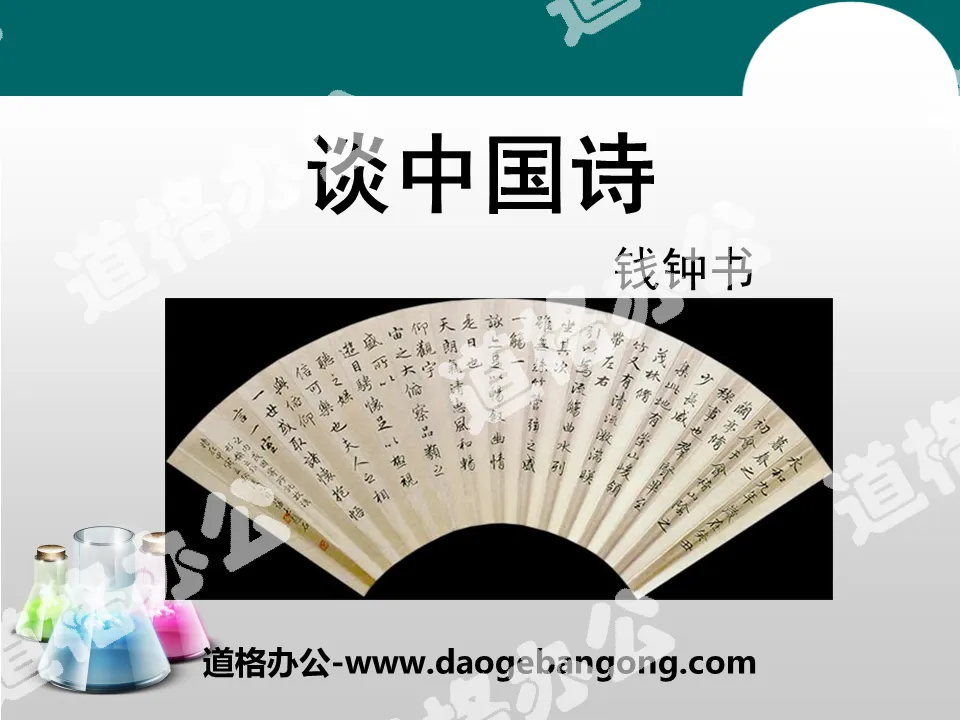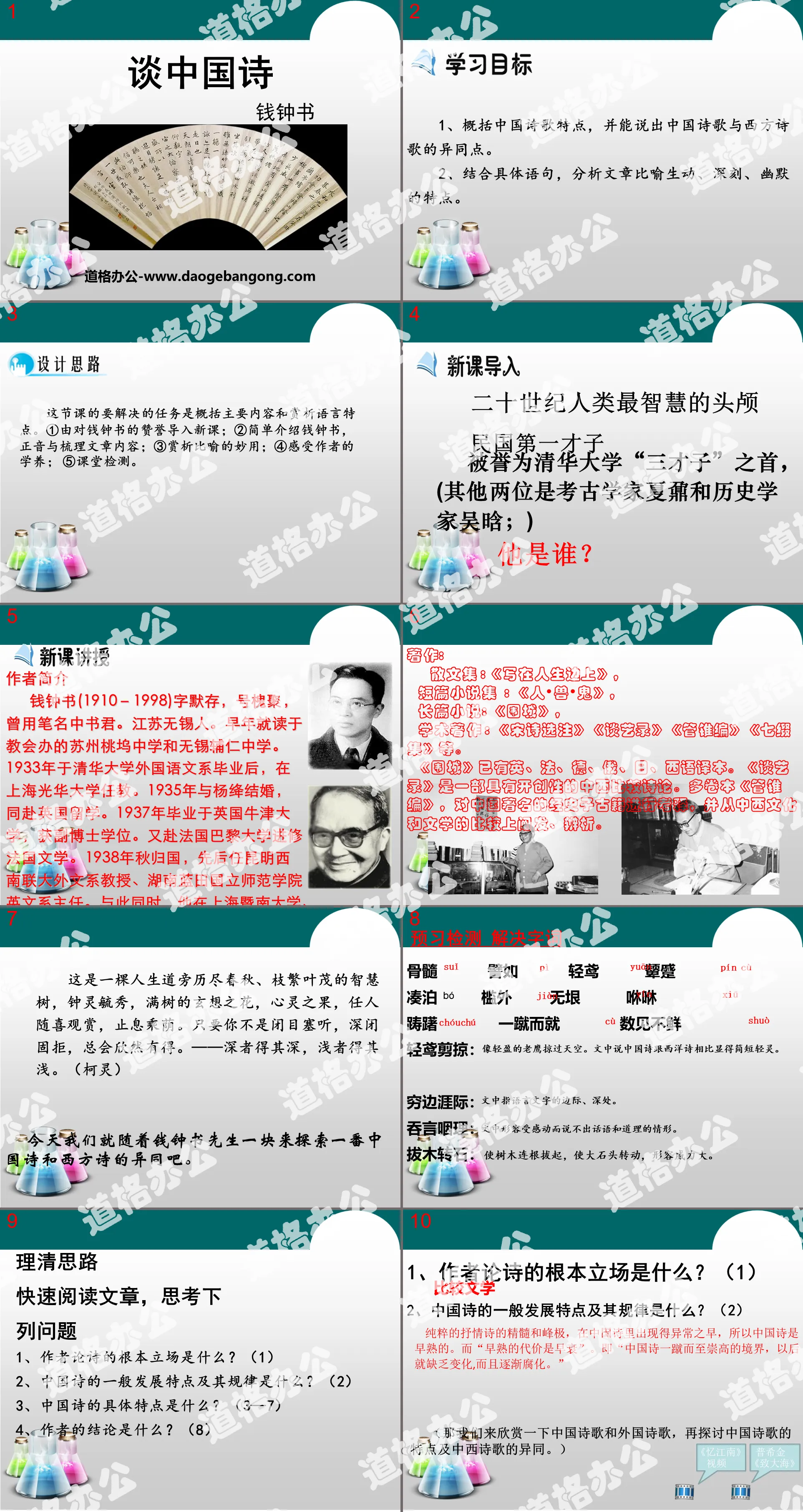The second volume of first-grade Chinese compiled by the People's Education Publishing House
The second volume of fifth-grade Chinese compiled by the People's Education Publishing House
The first volume of Chinese language for eighth grade compiled by the People's Education Publishing House
The first volume of first-grade Chinese compiled by the People's Education Publishing House
The first volume of ninth-grade Chinese compiled by the People's Education Publishing House
The first volume of fourth-grade Chinese compiled by the People's Education Publishing House
The first volume of Chinese language for sixth grade compiled by the People's Education Publishing House
The second volume of Chinese language for eighth grade compiled by the People's Education Publishing House
The first volume of Chinese language for fifth grade compiled by the People's Education Publishing House
The first volume of second-grade Chinese compiled by the People's Education Publishing House
Hunan Education Edition Third Grade Chinese Language Volume 1
The second volume of fourth-grade Chinese compiled by the People's Education Publishing House
The first volume of third-grade Chinese compiled by the People's Education Publishing House
The second volume of second-grade Chinese compiled by the People's Education Publishing House
The second volume of Chinese language for sixth grade compiled by the People's Education Publishing House
The second volume of seventh-grade Chinese compiled by the People's Education Publishing House

| Category | Format | Size |
|---|---|---|
| People's Education Press High School Chinese Compulsory Course Five | pptx | 6 MB |
Description
"Talking about Chinese Poetry" PPT teaching courseware
Part One: Learning Objectives
1. Summarize the characteristics of Chinese poetry and be able to tell the similarities and differences between Chinese poetry and Western poetry.
2. Combined with specific sentences, analyze the vivid, profound and humorous characteristics of metaphors in the article.
Design ideas
The task to be solved in this lesson is to summarize the main content and appreciate the language features. ① Introduce the new lesson from the praise of Qian Zhongshu; ② Briefly introduce Qian Zhongshu, correct the pronunciation and sort out the content of the article; ③ Appreciate the wonderful use of metaphors; ④ Feel the author’s knowledge; ⑤ Classroom test.
Talking about Chinese poetry PPT, part 2: Introduction to the author
Qian Zhongshu (1910-1998) was named Mo Cun, also known as Huaiju, and he once used the pen name Zhongshu Jun. A native of Wuxi, Jiangsu. In his early years, he studied at Suzhou Taowu Middle School and Wuxi Fu Jen Middle School run by the church. After graduating from the Department of Foreign Languages and Literatures of Tsinghua University in 1933, he taught at Guanghua University in Shanghai. In 1935, he married Yang Jiang and went to England to study together. He graduated from Oxford University in England in 1937 and received an associate doctorate. He went to the University of Paris in France to further study French literature. Returning to China in the autumn of 1938, he successively served as professor of the Foreign Languages Department of Southwest Associated University in Kunming and director of the English Department of Lantian National Normal University in Hunan. At the same time, he taught or worked at Shanghai Jinan University, the Central Library and Tsinghua University. After 1953, he worked as a researcher at the Institute of Literature of Peking University. He once served as vice president of the Chinese Academy of Social Sciences.
book:
Collection of essays: "Written on the Edge of Life",
Short story collection: "Man·Beast·Ghost",
Novel: "Fortress Besieged",
Academic works: "Selected Annotations of Song Poems", "Tan Yi Lu", "Guan Zhui Bian", "Qizhu Collection", etc.
"Fortress Besieged" has been translated into English, French, German, Russian, Japanese and Spanish. "Talking about Art" is a groundbreaking comparative poetry theory between China and the West. The multi-volume "Guan Zhui Bian" examines and interprets China's famous ancient Jing Shizi, and elaborates and analyzes the comparison of Chinese and Western culture and literature.
Talking about Chinese poetry PPT, the third part: clarifying ideas
Read the article quickly and think about the following questions
1. What is the author’s fundamental stance on poetry? (1)
2. What are the general development characteristics and rules of Chinese poetry? (2)
3. What are the specific characteristics of Chinese poetry? (3-7)
4. What is the author’s conclusion? (8)
Talking about Chinese Poetry PPT, Part 4: Reading and Appreciation
The text uses many subtle metaphors, showing the author's unique humor and wisdom.
Find your favorite sentences and talk about their meaning and expression.
"Chinese poetry is a blitzkrieg in literary appreciation." "Chinese long poems are just a light kite in the rhyme."
"Blitzkrieg" and "light kite sniping" are all metaphors for short Chinese poems, which can be read in one go.
What is the rhetorical figure of "the shoes form the feet and the feet form the shoes" and what does it mean?
"Shoes" and "feet" are respectively metaphors for the prohibition in Chinese poetry that does not allow a word to rhyme twice and the length of Chinese poetry.
The prohibition on rhyme limits the length of Chinese poetry, and the short length also forms the characteristics of Chinese poetry. It vividly demonstrates the relationship between poetry form and content.
Talking about Chinese Poetry PPT, Part 5: Expansion
The wonderful metaphor in "Fortress Besieged"
1. The viciousness of a loyal and honest person is like gravel in rice or unclean thorns in boneless fish fillets, giving people an unexpected pain.
2. He has no new ideas that are difficult to express in Chinese and needs to speak in English; therefore, the English words embedded in his speech are not as good as the gold teeth embedded in his mouth, because the gold teeth are not only decorative but can also be used, so they can only be compared to teeth. The scraps of meat embedded in the seams indicate that the food is good, but other than that it is useless.
3. In fact, a person's shortcomings are just like a monkey's tail. When the monkey squats on the ground, the tail is invisible until it climbs up the tree and exposes the rear part for public viewing. However, the red buttocks and long tail are originally Yes, it is not a sign of rising status.
4. There are only two kinds of people in the world. For example, if a bunch of grapes are given, one kind of person will pick the best ones and eat them first, while another kind of person will save the best ones for last. As usual, the first kind of person should be an optimist, because every grape he eats is the best of the leftover grapes; the second kind of person should be pessimistic, because every time he eats a grape, he is eating the worst of the leftover grapes. But in fact it's counterproductive, because the second type of people still have hope, while the first type of people only have memories.
Talking about Chinese Poetry PPT, Part Six: Classroom Test
Appreciate the expression effects of the following two metaphorical sentences.
1. In the hearts of Chinese people, there is no such thing as gravity. They jump upwards as soon as they jump. The Sanskrit "Hundred Parables" says that an Indian fool must live on a three-story building and is not allowed to build the lower two floors. Chinese art and ideological structures are often fluttering castles in the air. This is because the Chinese people are clever and poisonous. clever.
2. Therefore, Chinese poetry is precocious. The price of early maturity is premature aging. Chinese poetry reached a sublime realm overnight, but then lacked changes and gradually deteriorated.
Talking about Chinese Poetry PPT, Part 7: Class Summary
language feature
1. Full of witty words and humorous;
2. Knowledgeable and interesting in writing;
3. Create new words and use clever language.
Qian Zhongshu integrated a variety of knowledge, explored the subtleties, and discussed the characteristics of Chinese poetry in a coherent and incisive manner. While ensuring rigorous and thorough discussion, a large number of metaphors are used to make the article colorful, humorous and wise. He truly deserves to be called a “cultural master”!
Keywords: Free download of PPT courseware for the five compulsory high school Chinese courses from the People's Education Press, PPT download on Chinese poetry, .PPT format;
For more information about the "On Chinese Poetry" PPT courseware, please click on the "On Chinese Poetry ppt" tab.
"Talk about Chinese Poetry" PPT courseware download:
Download the first part of the PPT courseware "On Chinese Poetry": New course reading aid "On Chinese Poetry" is an excerpt of an English speech he gave to an American friend in Shanghai on December 6, 1945, translated by Mr. Qian Zhongshu of. The audience of this article is American friends, so this article begins...
"Talking about Chinese Poetry" PPT download:
"Talking about Chinese Poetry" PPT Download Part One Content: Classic Morning Reading Jiefu Yin Zhang Ji You know that I have a husband, so you give me a pair of pearls; feeling your affection, I tie them in a red rut. The concubine's house has high-rise buildings and gardens, and the beloved man is holding a halberd in the bright light. I know that your intentions are as good as the sun and the moon, and you will work with your husband as you wish.
"Talk about Chinese Poetry" PPT courseware:
"Talking about Chinese Poetry" PPT courseware The first part of the content: About the author Qian Zhongshu is a modern literature researcher and writer with the courtesy name Mo Cun and the pseudonym Huai Ju. He once used the pen name Zhongshu Jun. His representative work is the novel "Fortress Besieged". Whether his novels or essays, they all have the characteristics of wit and timelessness...
File Info
Update Time: 2024-11-22
This template belongs to Chinese courseware People's Education Press High School Chinese Compulsory Course Five industry PPT template
"Talking about Chinese Poetry" PPT teaching courseware Simple campus recruitment activity planning plan summary enterprise and institution recruitment publicity lecture PPT template is a general PPT template for business post competition provided by the manuscript PPT, simple campus recruitment activity planning plan summary enterprise and institution recruitment promotion Lecture PPT template, you can edit and modify the text and pictures in the source file by downloading the source file. If you want more exquisite business PPT templates, you can come to grid resource. Doug resource PPT, massive PPT template slide material download, we only make high-quality PPT templates!
Tips: If you open the template and feel that it is not suitable for all your needs, you can search for related content "Talking about Chinese Poetry" PPT teaching courseware is enough.
How to use the Windows system template
Directly decompress the file and use it with office or wps
How to use the Mac system template
Directly decompress the file and use it Office or wps can be used
Related reading
For more detailed PPT-related tutorials and font tutorials, you can view: Click to see
How to create a high-quality technological sense PPT? 4 ways to share the bottom of the box
Notice
Do not download in WeChat, Zhihu, QQ, built-in browsers, please use mobile browsers to download! If you are a mobile phone user, please download it on your computer!
1. The manuscript PPT is only for study and reference, please delete it 24 hours after downloading.
2. If the resource involves your legitimate rights and interests, delete it immediately.
3. Contact information: service@daogebangong.com
"Talking about Chinese Poetry" PPT teaching courseware, due to usage restrictions, it is only for personal study and reference use. For commercial use, please go to the relevant official website for authorization.
(Personal non-commercial use refers to the use of this font to complete the display of personal works, including but not limited to the design of personal papers, resumes, etc.)
Preview










